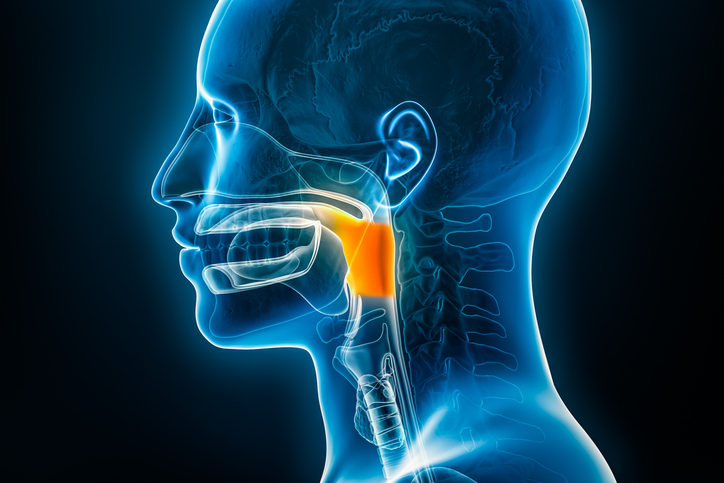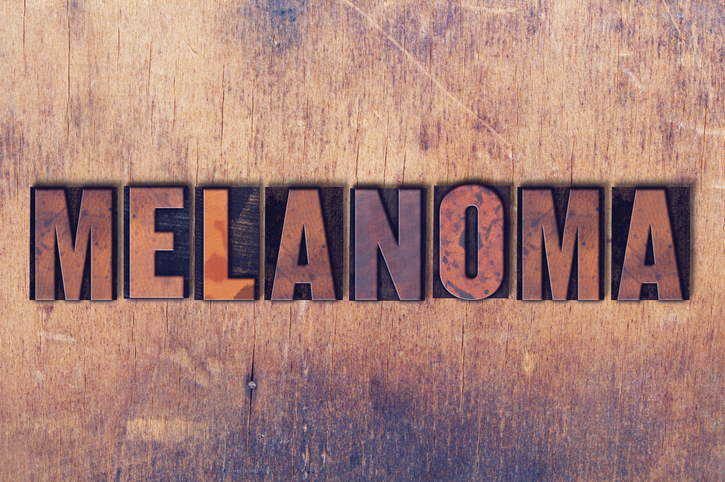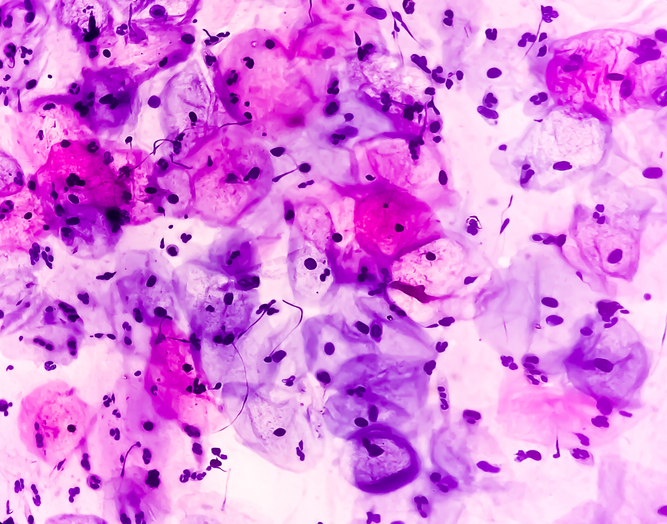
There is a lack of data on cardiac toxicity related to post-transplant cyclophosphamide (PTCY) for graft-versus-host disease (GVHD) prevention after haploidentical hematopoietic stem cell transplantation (haplo-HSCT), according to Shivani Shah, MD. Dr. Shah, presenting at the Transplantation & Cellular Therapy 2022 Tandem Meetings from the American Society for Transplantation and Cellular Therapy and the Center for International Blood & Marrow Transplant Research, reported that, aside from acute coronary syndrome (ACS), “there was a higher incidence of cardiac events in patients who received PTCY, although this failed to meet statistical significance.”
Notably, there were no differences in overall survival (OS), progression-free survival (PFS), or frequency of GVHD between patients treated at the authors’ center, the Allegheny Health Network, who received PTCY and those who did not.
The investigators’ retrospective analysis included health records of 111 patients who underwent allogeneic HSCT between 2017 and 2021. PTCY had been administered to 34 patients (30.6%) at a dose of 50 mg/kg on days three and four after transplantation. The authors recorded adverse cardiac events within the first 100 days, including: left ventricular systolic dysfunction (LVSD), acute pericarditis, ACS, acute pulmonary edema, and arrhythmia. Additional outcomes included OS, PFS, and GVHD incidence.
Over a median follow-up of 28.5 months, the incidence rates of cardiac events in patients who received PTCY versus those who did not were:
- any event, 34.3% vs. 28.9% (p = 0.57)
- LVSD, 11.4% vs. 6.6%, (p = 0.38)
- acute pericarditis 5.9% vs. 2.6% (p = 0.40)
- arrhythmias, 14.7% vs. 9.2% (p = 0.39)
- ACS, 0.0% vs. 3.9% (p = 0.24)
- acute pulmonary edema, 35.3% vs. 22.4% (p = 0.16)
The PTCY and non-PTCY groups had median PFS and OS outcomes of 27.3 versus 29.2 months (p = 0.57) and 25.9 versus 27.3 months (p = 0.71), respectively. Finally, GVHD of grade III or IV occurred in four patients in the PTCY group and 14 patients in the non-PTCY group (p = 0.35).
Ultimately, while the authors observed numerically more frequent cardiac toxicities in the PTCY patients, their data did not reach significance. They acknowledged that their analysis was limited by its retrospective design and small sample size and suggested that “further research is warranted to better characterize the cardiac toxicity of PTCY before definitive conclusions can be drawn.”







 © 2025 Mashup Media, LLC, a Formedics Property. All Rights Reserved.
© 2025 Mashup Media, LLC, a Formedics Property. All Rights Reserved.